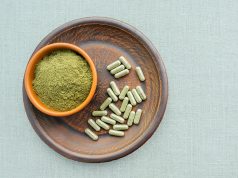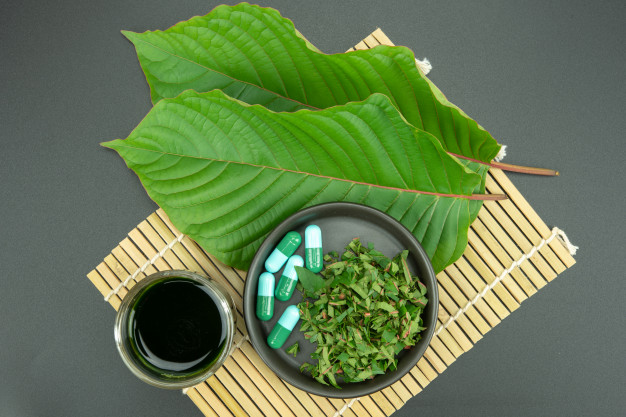
Kratom (Mitragyna speciosa) is an evergreen tree from the coffee family native to Southeast Asia, including Indonesia, Malaysia, Papua New Guinea, Thailand, and other neighboring areas. Since at least the early 1800s, these countries’ indigenous populations have harvested Kratom leaves to access its alkaloid properties and enjoy its motivational effects and boost productivity.
Today, Kratom is a highly sought-after natural botanical that people worldwide take to promote overall balance in their health and wellness. Users take Kratom to inspire their optimism, boost alertness and cognitive function, support decreased irritability, and maintain a relaxed state of mind.
Thanks to Kratom’s growing popularity in Western culture, more people and suppliers are taking notice, and the botanical’s benefits are being realized. According to the Botanical Education Alliance, the Kratom industry is exploding, with an estimated $1.13 billion worth.
From farm to package, here is how Kratom is processed and used by consumers.
How Kratom is Grown

Kratom is derived from the Mitragyna speciosa tree, which can grow up to 80’ tall in ideal conditions. The evergreen tree is made up of large, shiny, dark green leaves that regrow quickly after they are shed, making it possible to grow and produce the plant year-round.
Kratom does best when grown in warm, sunny, and humid climates, including rain forests. It requires fertile soil with a pH level typically between 5.5 and 6.5 and needs ample moisture, strong sunlight, and roughly 70 to 80% humidity.
This botanical grows well with regular amounts of water, but too much can cause fungus and bugs that may compromise the plant’s health. Irrigation and drainage are important in the growing process.
How Kratom Is Harvested
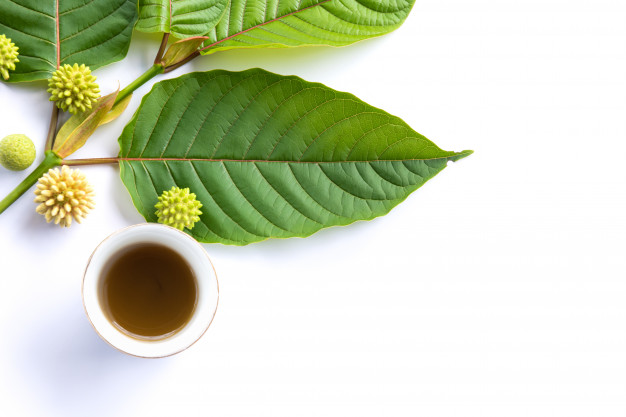
Once a Kratom tree reaches maturity or grows to roughly 20’ in height, it’s ready to be harvested.
The optimal time to pick Kratom leaves is right before they naturally drop on their own, as their freshness is key to processing Kratom. For example, certain Kratom strains, such as red vein Kratom, consist mostly of mature leaves, while green and white strains are produced with younger leaves.
Kratom farmers pick the leaves by hand in large quantities, remove stems and veins, and prepare the leaves for processing.
How Kratom is Processed
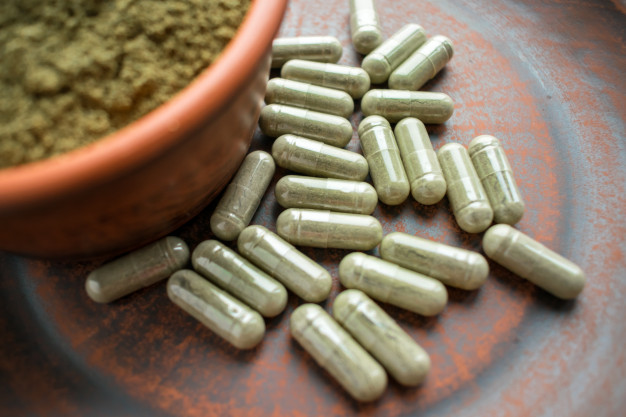
Once Kratom leaves are harvested, the next step in processing Kratom is the drying process. Traditional drying methods include using large racks to dry Kratom leaves in the sun. However, in today’s growing industry, farmers and producers use various processing methods to produce specialty strains.
The leaves are dried or cured in either the sun or UV light for various lengths of time. There are three major strains of Kratom: Red, white, and green. While most Kratom typically begins as a red strain, the color and variety of Kratom depend on how long the leaves are dried and fermented.
While there is little information available on the Kratom fermentation process, some Kratom is thought to be fermented to alter leaf colors and enhance the herb’s alkaloid profile. Of course, where the Kratom is grown and harvested also plays a role in these plants’ differing alkaloid content.
Red vein Kratom is used to promote a sense of calm, while white vein Kratom is excellent for those who are sluggish in the mornings. Green vein Kratom promotes a sense of balance and well-being.
Another step in the processing of Kratom used by some online suppliers, like katsbotanicals.com, is pasteurization. Kats Botanicals follows a multi-tiered treatment process that involves pasteurizing Kratom with mild heat to reduce microbial loads, improve quality, and ensure it’s safe for consumption.
Once the Kratom has been processed, reputable Kratom providers use third-party testing to ensure the powder is free of any fillers or other harmful contaminants. When purchasing Kratom, there are a handful of things consumers should look for to make sure they’re buying quality Kratom.
For peace of mind, Kratom buyers can ask for certificates of analysis, microbiology tests, statements of identity, or contact information for the vendor to verify they are legitimate. Kratom companies that follow the FDA’s Good Manufacturing Practices (GMP) should be able to provide at least a certificate of analysis or microbes test that shows they are adhering to the proper industry standards.
Forms of Kratom and Uses
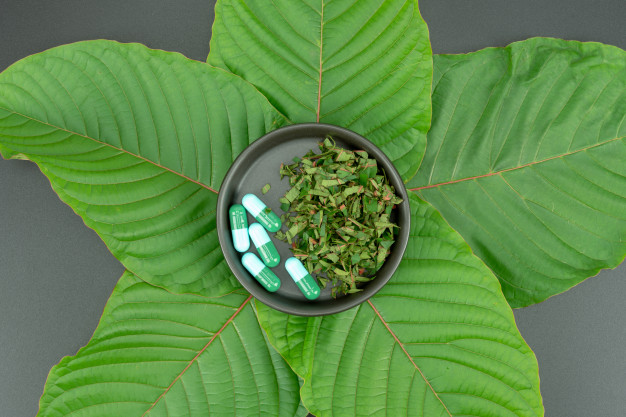
Once Kratom has been harvested, processed, and tested, it’s ready for consumption.
The traditional chewing or brewing of crushed Kratom leaves is still used today, along with some other more modern methods. Because Kratom is known for its bitter taste, many users like to add sweeteners like honey, syrups, or creamers for a more balanced flavor.
Another go-to method of enjoying Kratom is the powder form. Like crushed Kratom leaves, the powder can be brewed into tea or mixed into other drinks. Many enjoy adding Kratom to their smoothie so they can combine all of their favorite ingredients into a nice frozen treat.
Other convenient ways to enjoy Kratom powder are to wash it down with a beverage or take it in capsule form. The toss-and-wash method involves putting Kratom on the back of your tongue and chasing it with water or citrus juice.
Capsules are a widely enjoyed alternative for those who don’t respond well to Kratom’s bitterness. It’s also a simple way to enjoy hybrids or mix and match strains.
Some first known uses of Kratom involved chewing or brewing Kratom leaves to fend off fatigue and increase work productivity. Today, users can choose from multiple strains and methods of consumption to help support their well-being in a variety of ways, including:
- Decreasing irritability
- Managing stress
- Promoting a sense of peace and calm
- Promoting optimism
- Recentering
- Recharging
- Supporting focus and cognitive function
The Takeaway
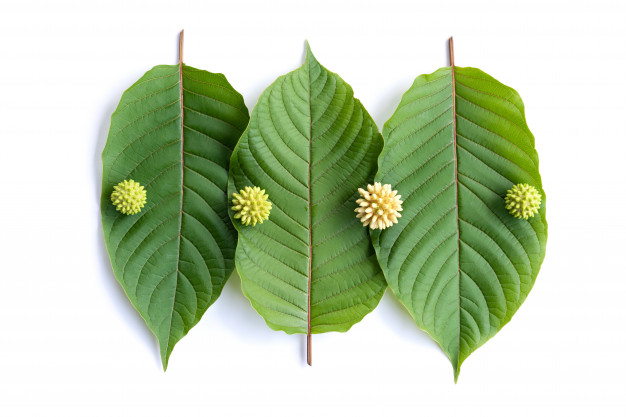
Kratom is a popular herbal remedy that some prefer over more traditional chemical wellness options because of its naturally occurring compounds. Its distinct alkaloid profile has long been used to boost wellbeing and help individuals cope with everyday life stresses. Kratom is legal in most states but be sure to check your local legislation.
Kratom is grown in hot, humid environments from plant to powder until the leaves reach maturity and are harvested for production. The leaves are processed using various drying and fermentation processes and tested for quality before being sold to consumers and enjoyed by people worldwide.






